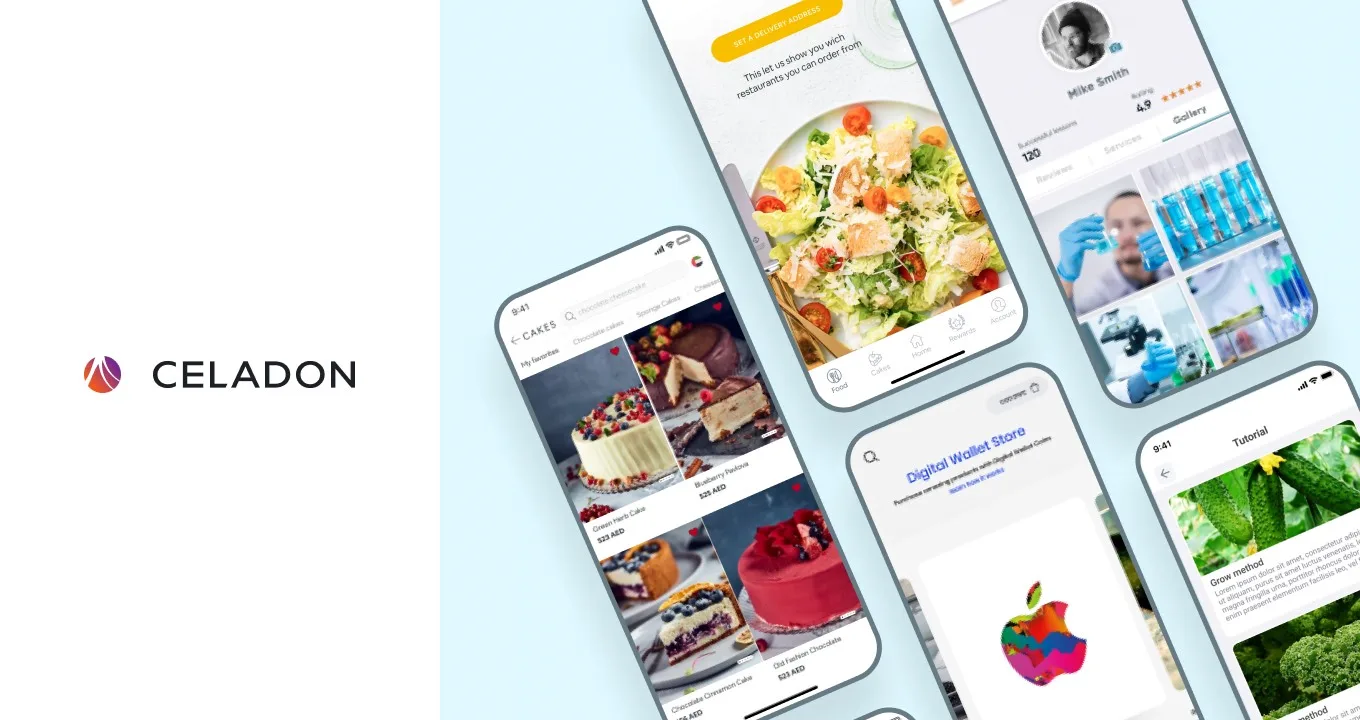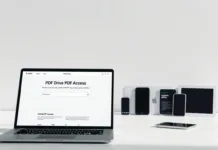Over the past half-decade, the food delivery market has undergone extraordinary expansion. Ordering your favorite meals with a few taps on your smartphone has become a daily convenience for many.
- Projections indicate that the food delivery app industry will achieve a substantial market size of $165 billion by 2029. (businessofapps)
- The user base for meal delivery apps is on a steady ascent, with expectations of reaching 44 million users by 2023. (arkasoftwares)
- Anticipated data reveals that the Online Food Delivery market is on track to generate a revenue of US$1.02 trillion in 2023. (Statista)
- With an estimated annual growth rate (CAGR 2023-2027) of 12.78%, this market is expected to burgeon to US$1.65 trillion by 2027. (Statista)
- The Grocery Delivery segment, specifically, is set to exhibit substantial growth, with a projected revenue surge of 22.2% in 2024. (Statista)
- The largest segment within the market, Grocery Delivery, is expected to boast a substantial market volume of US$0.63 trillion in 2023. (Statista)
- In the Grocery Delivery segment, the average revenue per user (ARPU) is projected to reach US$449.00 in 2023. (Statista)
- Looking at the Meal Delivery segment, the user base is estimated to expand to 2.5 billion users by 2027. (Statista)
As a result, the prospect of food delivery app development services is an enticing business opportunity. However, understanding the intricacies of development costs is paramount for anyone considering entry into this fiercely competitive space.
Key Features and Functionality
In the realm of food delivery apps, certain key features and functionalities are non-negotiable. Here’s a closer look at what they entail:
User App Features
- Registration and Profile Management: Users should have a straightforward registration process and the ability to manage their profiles, including personal information and delivery addresses.
- Browse and Search Functionality: An intuitive interface for browsing restaurants and efficiently searching for specific cuisines or dishes is essential for user satisfaction.
- Ordering and Payment Options: Users should experience a seamless ordering process with a range of payment methods, such as credit/debit cards, digital wallets, and cash on delivery.
- Real-time Order Tracking: Providing real-time tracking of orders ensures transparency and enhances the overall user experience.
Restaurant Partner App Features
To empower restaurant partners and enhance their engagement with the platform, consider these features:
- Menu Management: Restaurant partners need user-friendly tools to effortlessly upload, edit, and manage their menus.
- Order Processing and Notifications: Restaurants should be able to receive, process, and acknowledge orders promptly, along with receiving notifications for new orders.
- Performance Analytics: Access to data on order history and customer feedback empowers restaurants to enhance their service quality.
Admin Panel Features
Efficiently managing the various components of your food delivery app ecosystem is critical. Here’s what the admin panel should encompass:
- User and Driver Management: Administrators require efficient tools to manage user accounts, drivers, and delivery personnel.
- Content and Menu Management: Admins must have control over content, promotions, and menu offerings to ensure a consistent user experience.
- Reporting and Analytics Tools: Access to data and analytics is crucial for informed decision-making and tracking the app’s performance.
Development Stages and Costs
The development of a food delivery app consists of several stages, each with its associated costs. Let’s delve into these stages:
Project Planning and Research
Before embarking on development, thorough market research and competitor analysis are imperative to uncover opportunities and potential pitfalls.
Design and Prototyping
A captivating and user-centric design encompassing UI/UX, coupled with prototyping, lays the foundation for user engagement.
Development
Front-end and back-end development, as well as the integration of third-party services, are the core components of app development.
Testing and Quality Assurance
Rigorous testing is vital to ensure a bug-free, seamless user experience.
Deployment and Launch
Deploying the app to app stores and orchestrating its public launch marks a significant milestone.
Post-launch Maintenance and Updates
Ongoing maintenance, including bug fixes and regular updates, is critical for long-term success.
Factors Influencing Costs
The cost of developing a food delivery app is influenced by various factors. Let’s explore these cost drivers:
- Platform (iOS, Android, Web): Extending your app to multiple platforms can raise development costs.
- Complexity of Features: The more features and functionalities your app incorporates, the higher the overall cost.
- Design Complexity: Elaborate design elements can increase development expenses.
- Location of Development Team: Depending on whether you hire local or offshore developers, costs can vary significantly.
- Third-party Integrations: Incorporating external services or APIs can add to development costs.
- Marketing and Promotion: Allocating a budget for marketing and promotional efforts is a crucial consideration.
Cost Estimates
Estimating the costs of developing your food delivery app involves understanding the budget ranges based on project complexity and cost breakdowns for each development stage:
Ballpark Cost Ranges Based on Project Complexity
- Simple MVP: $20,000 – $50,000
- Medium Complexity: $50,000 – $100,000
- High Complexity: $100,000+
Breakdown of Costs for Each Development Stage
Project Planning and Research: 5-10% of the total budget
Design and Prototyping: 15-20%
Development: 50-60%
Testing and Quality Assurance: 10-15%
Deployment and Launch: 5-10%
Post-launch Maintenance and Updates: Ongoing
Additional Ongoing Costs
Apart from the initial development expenses, you should consider these ongoing costs to ensure the sustained success of your food delivery app:
- Hosting and Server Maintenance: Reliable hosting and regular server maintenance are essential for smooth app performance.
- Customer Support: A responsive support system, including dedicated support staff or chatbots, is vital for user satisfaction.
- Marketing and Advertising: Ongoing marketing efforts are necessary to stay competitive and attract and retain users.
- Technology Updates: Regularly updating your app to align with new technologies and trends is essential for longevity.
- Legal and Regulatory Compliance: Staying compliant with evolving regulations and legal requirements is crucial for long-term operations.
- Analytics and Data Management: Continuously monitoring user data and app performance through analytics tools is essential for informed decision-making.
Navigating the Path to Success
In conclusion, developing a food delivery app can be a rewarding venture, but grasping the cost dynamics is paramount. Striking a balance between your budget and the desired features and user experience is critical for long-term success. With meticulous planning, effective cost optimization strategies, and a well-executed development process, you can create a competitive and sustainable food delivery app.
How to develop an app for your delivery that would be technically excellent and meet your functionality needs? Partner with Celadon to make it real. Our expertise in app development is driven by a commitment to delivering value and excellence. Contact Celadon, your trusted partner in app development, and let’s initiate a conversation about your project today!




